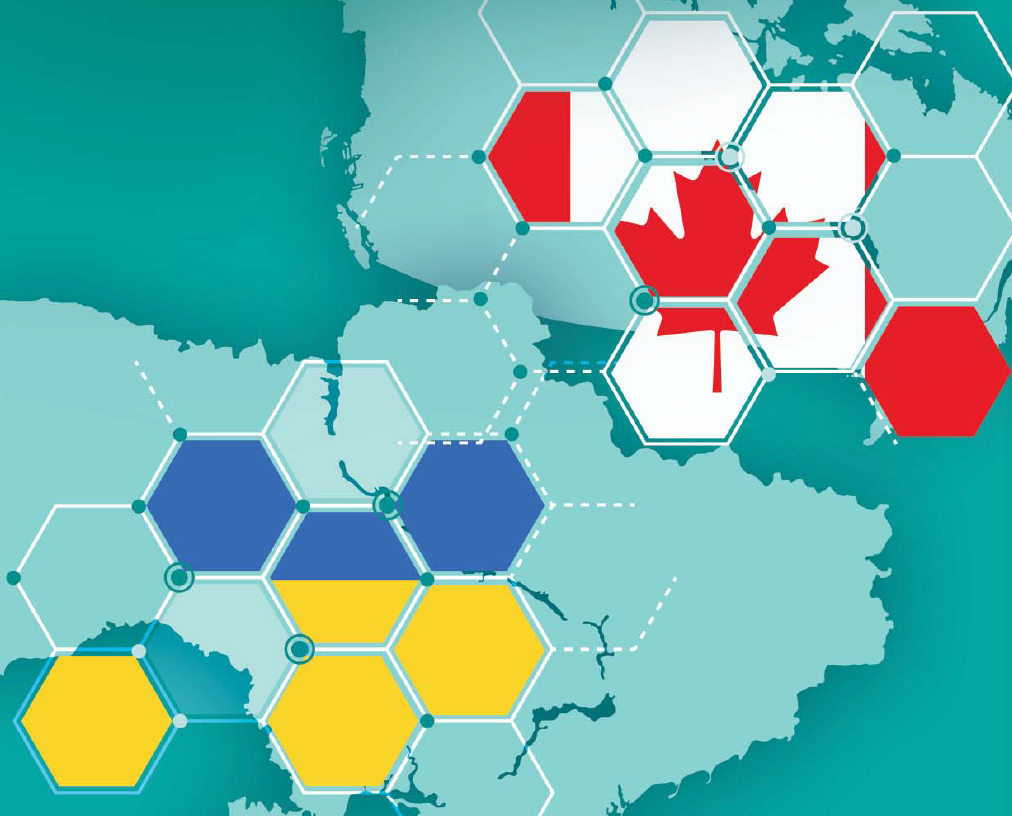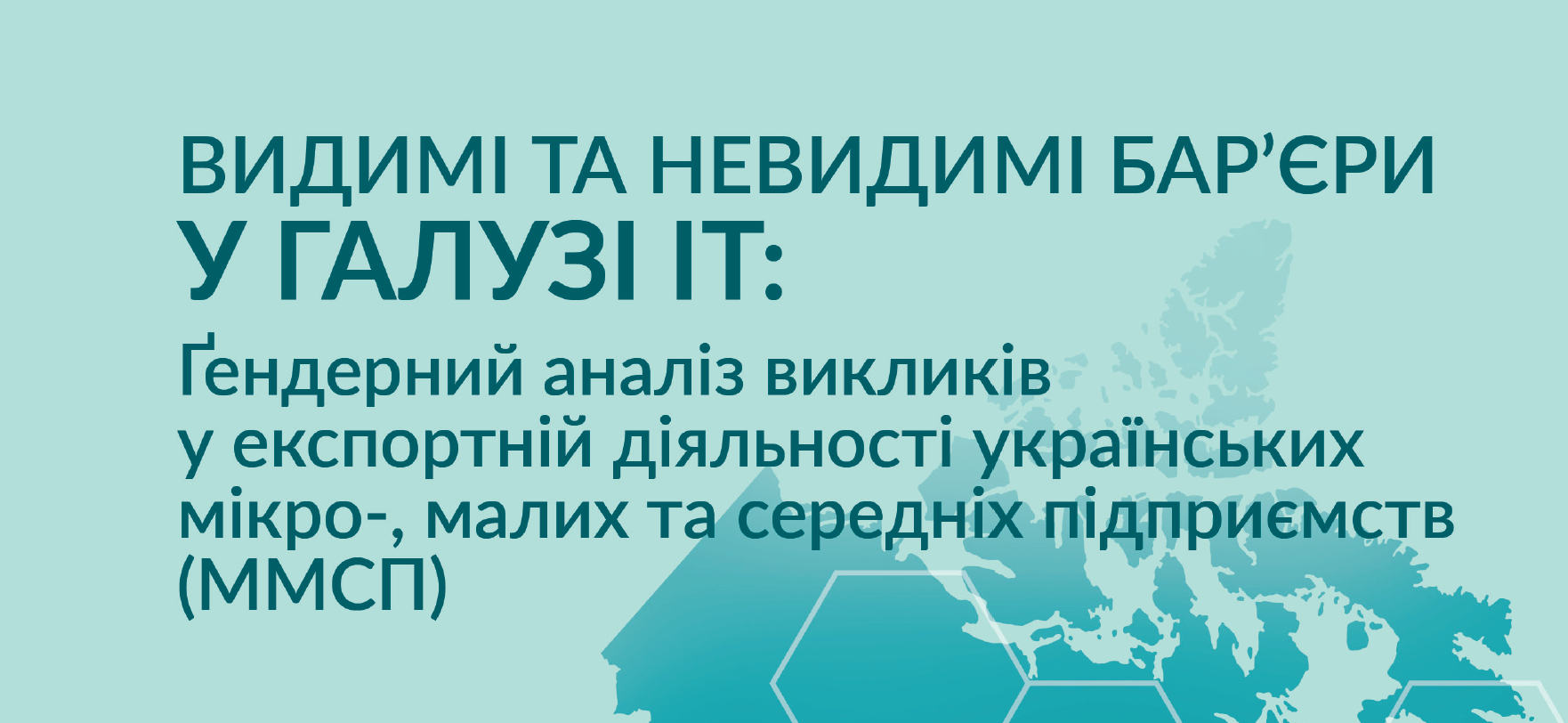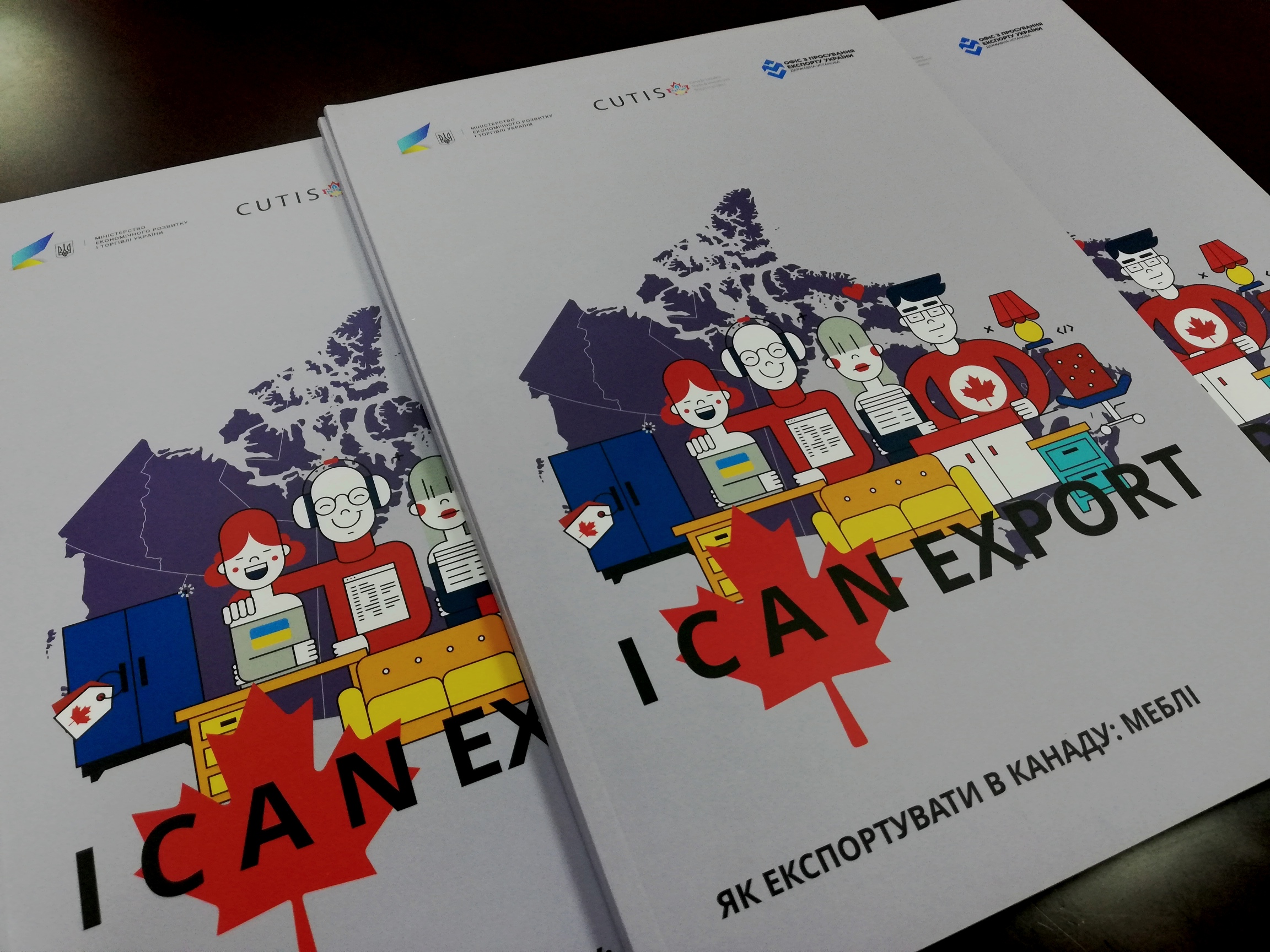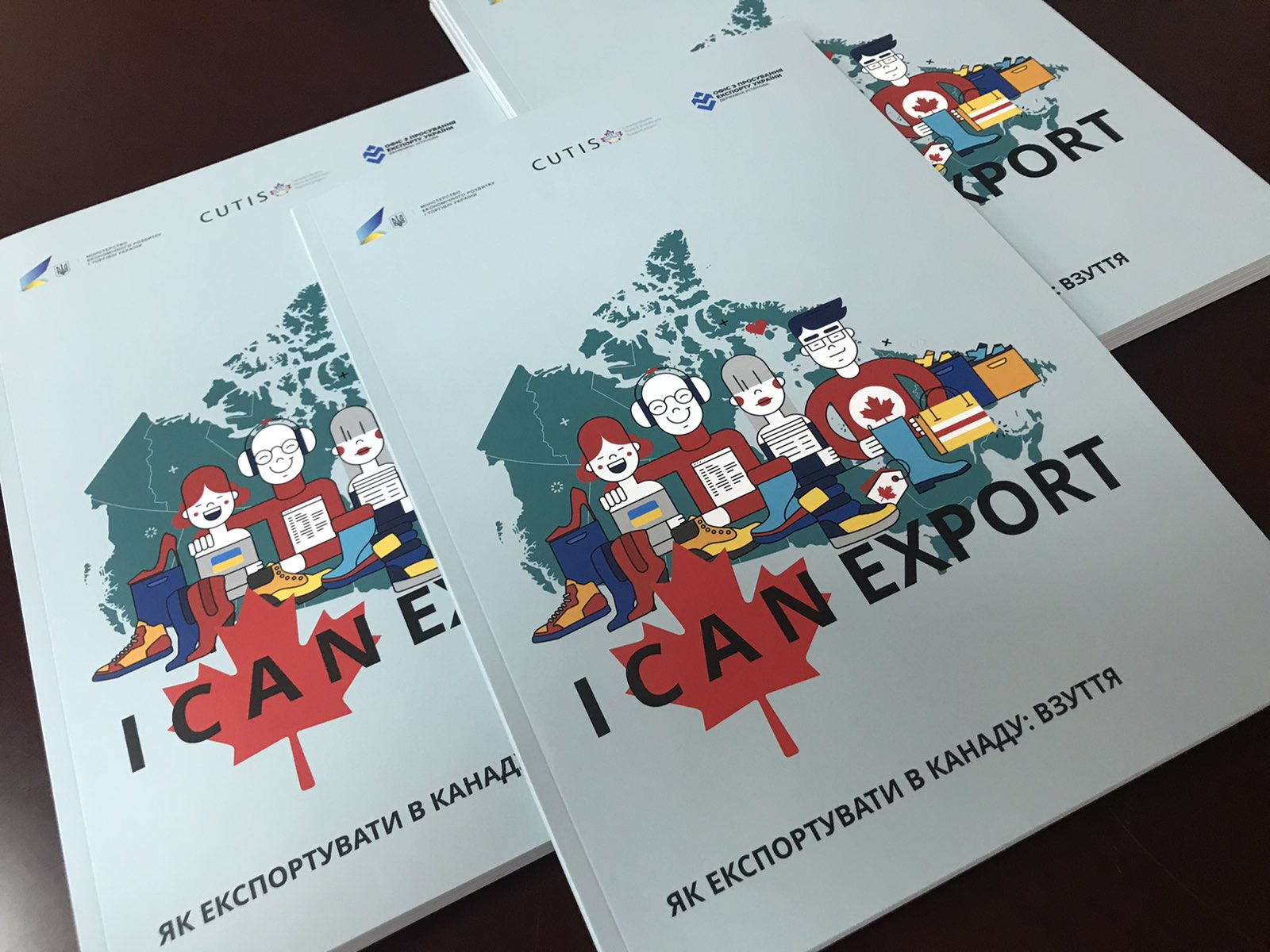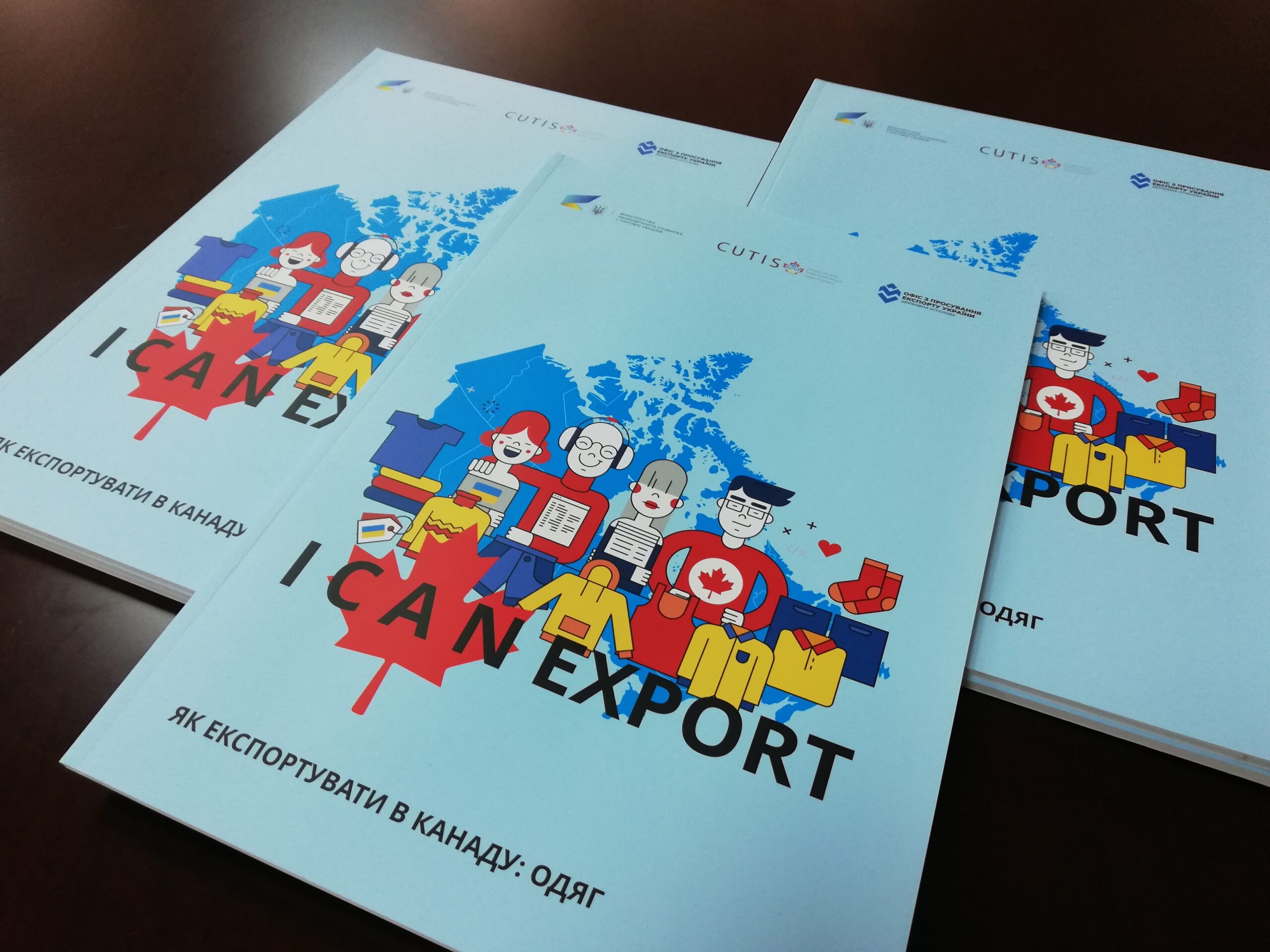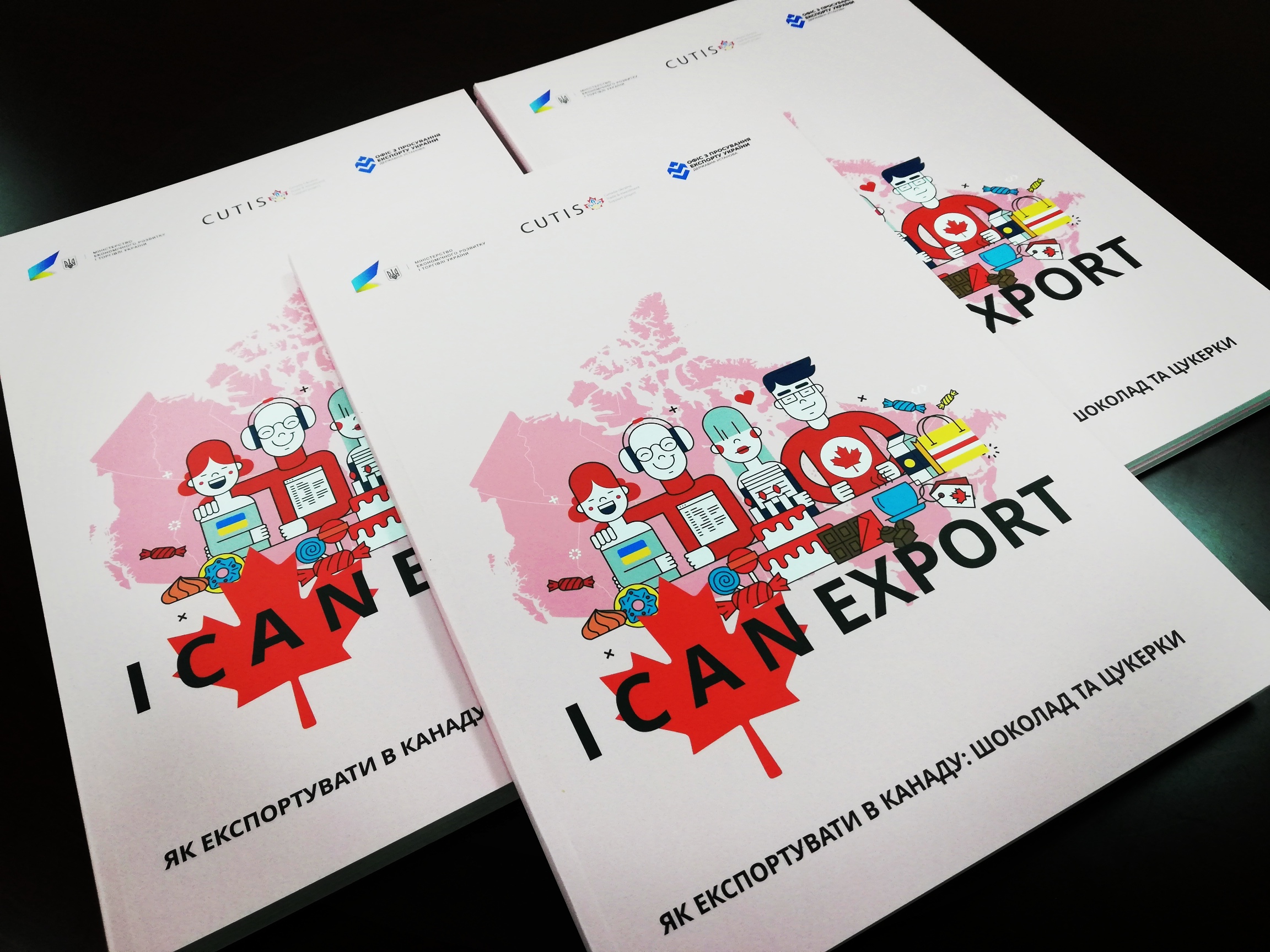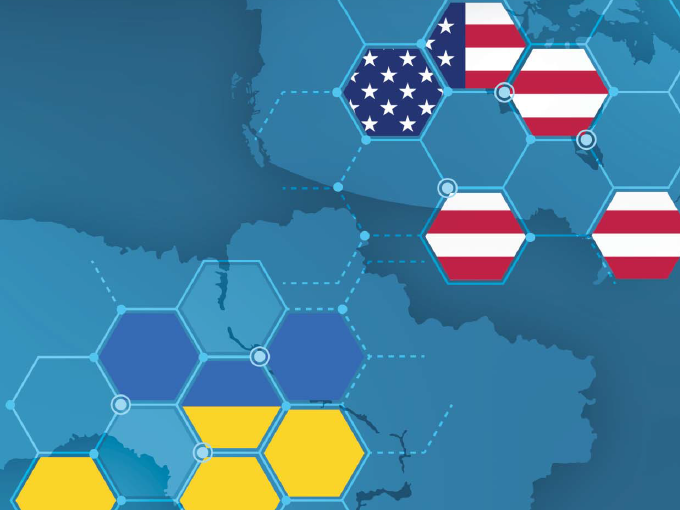The relationship between the environment and international trade is complex and multifaceted. The impacts of international trade on the environment have long been debated. Increased trade can cause environmental degradation if resources are unwisely exploited and pollution and waste are not well managed. However, international trade can also have positive environmental impacts, as green goods, technologies, and services may become more accessible and affordable.
Global competition may also encourage businesses to become more efficient and produce less pollution and waste. The other side of the coin—the influence of the environment on international trade—is less commonly discussed. This guide intends to contribute to this discussion by highlighting the environment–trade interface from the Canada-Ukraine Trade and Investment Support (CUTIS) project experiences promoting Ukrainian small and medium-sized enterprise (SME) exports to Canada.
The first part of the guide will discuss Canadian federal environmental regulations and standards that affect trade. Several key voluntary environmental standards that influence some Canadian market segments will also be discussed. Note that this guide does not cover provincial regulations.
The second part of the guide discusses various environmental improvement measures and opportunities that can be pursued to increase enterprise competitiveness and/or improve market access. These include measures to use resources (such as raw materials, water, and energy) more efficiently, switch to energy-efficient equipment, obtain market-driven environmental certifications, and/or pursue green market opportunities. CUTIS’s SME case studies are highlighted.

